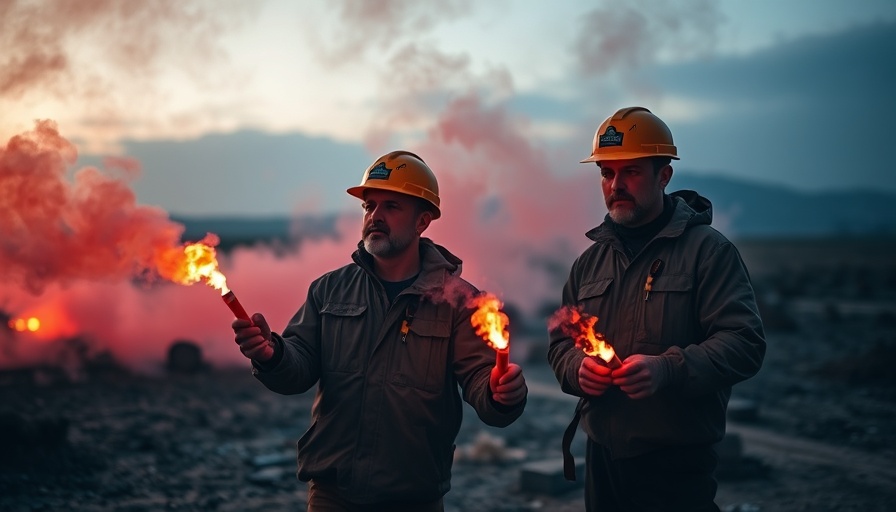
**Safeguarding Our Working-Class Heroes: The Importance of Safety Training**
As one reads through the heart-wrenching account of Robbie Roberge—a commercial fisherman who barely managed to escape a raging fire aboard his vessel—it’s a reminder of the everyday dangers faced by American laborers. Roberge’s swift actions of training and preparedness, learned just months before, underscore the invaluable role safety training plays in high-risk professions. Yet, as budget cuts threaten to dismantle critical safety programs, many fear a resurgence in workplace tragedies among the country’s most vulnerable workers.
**The Risks of Underfunding Safety Training**
Studies show that proper safety training—such as those provided by the Fishing Partnership Support Services—significantly reduces accident rates in dangerous industries. However, recent cuts initiated during Trump's administration could jeopardize these essential programs. The repercussions of such financial decisions resonate beyond the immediate financial implications; they can lead to increased worker injuries, which would simultaneously impact healthcare systems and quality of life for families.
**Learning from Our Past: Historical Context of Safety Training**
The advent of safety training in high-risk jobs can be traced back several decades, influenced heavily by landmark events in American labor history, such as the establishment of the Occupational Safety and Health Administration (OSHA) in 1970. This regulatory body came into existence largely due to public outrage over numerous avoidable workplace fatalities. Its ongoing role is salient in ensuring that workers receive the protection and training they need. With cuts threatening to roll back these initiatives, many are left questioning whether we are regressing in our commitment to worker safety.
**Counterarguments: The Economic Perspective on Safety Funding**
Some proponents of budget cuts argue that reallocating funds can stimulate other economic sectors and create innovation. They posit that redirecting resources towards technology and green energy may yield greater job opportunities than funding traditional safety programs. While diversification in investment is vital in modern economies, the immediate risk to life and health in hazardous occupations cannot be overlooked. Neglecting these critical training programs may lead to more severe financial and human costs in the long run.
**A Call to Action: What Can Be Done?**
In the face of these cuts, industry stakeholders, including labor unions, employers, and advocacy groups, must come together to advocate for the protection of safety training programs. Strategies such as grassroots campaigns, lobbying for policy reinstatement, and awareness-raising around the consequences of funding cuts can help mitigate this crisis. Workers should not have to carry the burden of these cuts; it’s the responsibility of society to ensure they remain safe at their jobs.
**Future Predictions: The Outlook on Worker Safety**
If funding cuts are not reversed, predictions point to a potential spike in workplace injuries and fatalities, setting a dangerous precedent for future labor policies. With increasing industrial demands, the workforce faces pressures that could easily lead to lapses in safety if proper training is not prioritized. Therefore, while the financial horizon may look appealing with investments in technology and new industries, ignoring the foundation of worker safety could lead to a severe backlash for the labor market.
**Conclusion: Reestablishing Priorities for Worker Safety**
In conclusion, prioritizing the funding of safety training is not just a moral imperative but a necessary economic decision that reflects our values as a society. We must ensure that our workers are equipped and prepared for the dangers that accompany their jobs—this is the only way to secure a healthier, safer future for all. Now more than ever, advocating for robust safety training programs has never been more critical. Support initiatives that demand safety training funding be restored; for our workers' sake and the overall health of our economy.
 Add Row
Add Row  Add
Add 



Write A Comment